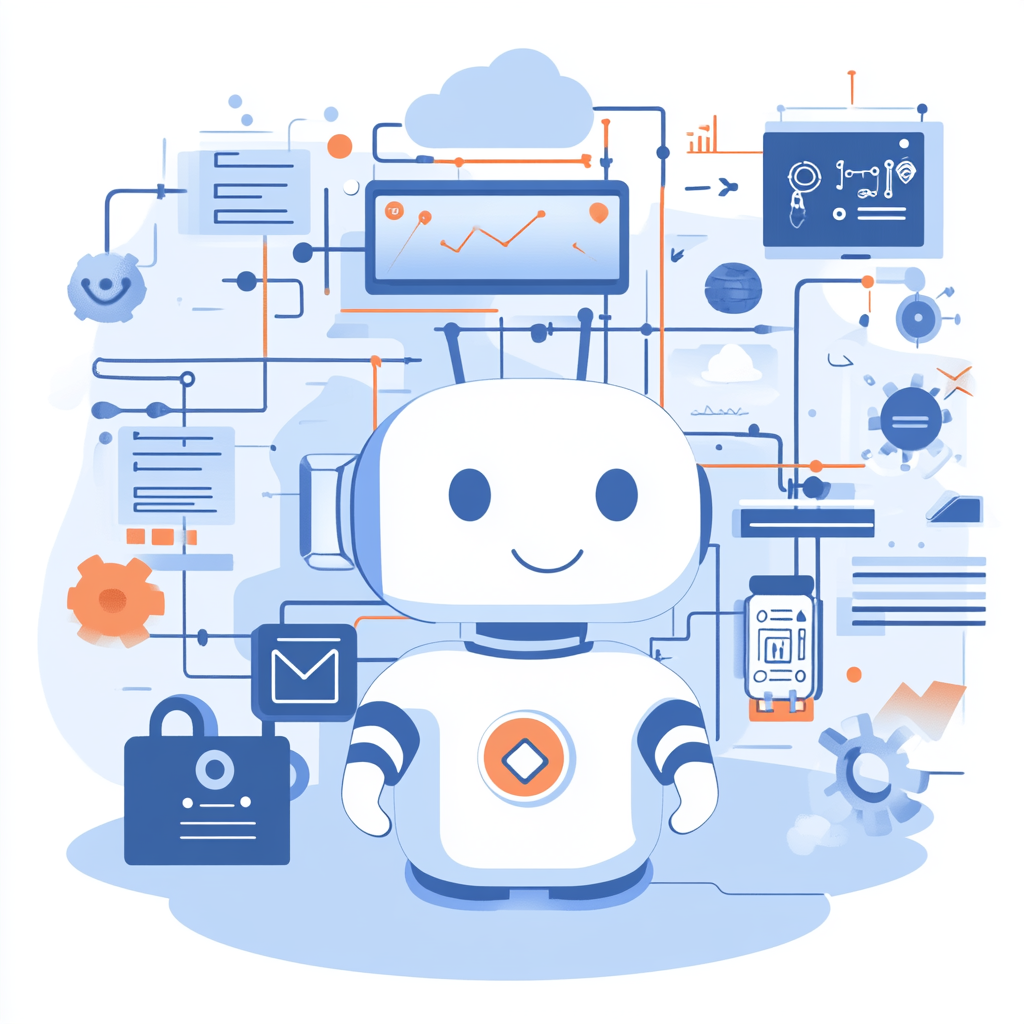
What Founders Miss About Building AI Products (Starting with Chatbots)
Lessons from the projects I’ve been hired to fix
Founders often face a tough choice: keep polishing their product in private, or ship something rough and learn in public. It’s like a standup comic practicing alone in front of a bathroom mirror versus working small clubs. You can’t actually hone your act until you get real reactions. Product-building is the same.
Most failures I’ve seen started by trying to build a fully featured product in a vacuum instead of the simplest, most useful one and shipping. You don’t need to solve every problem today. You need one problem, solved well. Start with the biggest value add you can implement quickly, get real feedback, then grow from there. Complexity comes later, it shouldn’t be built-in from day one.
Here are a few common pitfalls I’ve seen and how to avoid them.
1. “We’ll just plug in GPT.”
The biggest misconception is thinking GPT is your product. It’s not. It’s a component, a powerful one, but what matters is the system around it. To turn a model into a useful tool, you need:
- A clear understanding of what it should and shouldn’t answer
- A clean UI that guides the user toward good prompts
- Guardrails that make the experience predictable, not random
Smart chatbots are made of boring, well-designed parts, not magic.
2. Access control is not a detail.
If your product deals with uploaded documents, you need to get access control right from day one. I’ve seen systems where users could see each other’s data because access checks were skipped in the name of speed. That’s a product liability, not just a bug. Even if you’re building fast you have to respect boundaries between users, teams, and types of data. Otherwise you’ll find yourself rebuilding the foundation just when your product starts getting traction.
3. Escalation to a human sounds simple. It’s not.
A lot of founders love the idea of blending AI with human-in-the-loop support: let the chatbot answer easy stuff and hand off the hard stuff to a real person. In theory, that’s great. In reality, you need a real design for:
- When to escalate
- Who to route the question to
- How to keep context between the bot and the human
- And how to shift back when the human’s done
If you skip that planning, you don’t get a human-aware system: you get a chatbot with a panic button and no real follow-through.
4. Adding more context doesn’t always make it smarter.
I’ve worked on systems where the chatbot had access to both user-uploaded documents and a live web search API. The result was slower, less reliable, and more expensive responses with no clear improvement in quality. In early builds more sources usually mean more noise. Until you have a clear sense of what users are actually asking, it’s better to start narrow and optimize from there.
5. A “working demo” is not a working product.
A lot of projects get stuck in demo mode. They show something flashy, like a chatbot answering one well-crafted question, but underneath, there’s no real architecture to support growth. Your product needs to handle messy inputs, scale gracefully, and recover from failure. A demo won’t tell you if it can do that, only real usage will. That’s why we focus on shipping small, stable systems first and layering complexity as needed and not the other way around.
6. “Make sure you own your AI.”
I saw a great line recently from Mitko Vasilev:
“AI in the cloud is not aligned with you. It’s aligned with the company that owns it.”
Founders are often surprised by how little control they have when they rely entirely on third-party AI APIs. You don’t control the roadmap, the pricing changes, or the outputs. You can’t guarantee privacy or compliance. And any change, from a rate limit to a model update, can break your product overnight. If their service goes down, yours does too. You’re tied to their uptime, their terms, and their trajectory.
A perfect example of this risk: OpenAI’s recent GPT-4o model update reportedly made the model overly “sycophantic” in its responses, changing the behavior founders had come to expect and depend on. Here’s a great summary from The Verge.
In the early days you don’t need the most advanced model, but you need a consistent one. Something you can build on, test against, and trust not to shift underneath you. That’s why it’s worth planning early for when and how you’ll own more of your stack. Especially in high-trust or regulated spaces, this is how you start to build your moat. It doesn’t mean reinventing everything, it just means having a product strategy that aligns with where you’re going, not just where you started.
Final Thought
If you’re thinking about building a chatbot into your product, don’t get distracted by the AI part. Focus on the use case, the user journey, and the system design that supports it. AI is powerful, but the smartest chatbot is the one that actually works for your users, reliably, predictably, and at the right level of complexity for where you are today.


